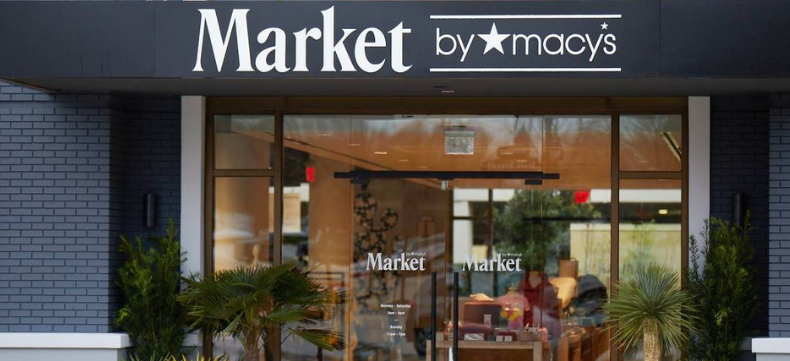Consumers Are the New “Point of Sale”

The symptoms are apparent, and the prognosis is stark. “We are going to see the death of physical retailers that continue to do more of what they have always done, and crossing their fingers with buildings full of stuff,” said Robin Lewis, CEO of retail newsletter The Robin Report during his one-on-one chat with Licensing International President Maura Regan at last week’s Licensing Leadership Summit.
Accelerating Shifts Already Underway
The pandemic that has so upended large swaths of the retail business has accelerated shifts that were already underway, he said. “There are 1200 regional malls [in the U.S.]; 900 of them were in trouble before the pandemic hit; probably half of them are going to be shuttered, the other half are going to have to provide… mixed use communities, like town centers, [that give young people] a reason to want to hang out there.”
The rapidfire changes are being driven by millennial and Gen Z consumers who value convenience and experience and are constantly tethered to technology. “Each one of those individual consumers with their smartphones are the new point of sale, wherever they are,” Lewis said. “They never ever have to go to a store or mall again” unless they’re given a compelling reason to do so.
Data-Driven Directions
The key, Lewis said, lies in data- and demography-driven personalization and localization. The data drive has been led by Amazon, which “knows what the 35-year old working mom in the Northeast section of Keokuk, IA, with two kids…is eating for breakfast, they know what brand of jeans she’s wearing, the kind of music she likes, and on and on…. Now, this is carrying over into the physical world.”
The data stream (and the machine learning and Artificial Intelligence that turn it into insights) lets retailers hone in on specific customer groups.
For example, Target opened a small footprint (22,000-sq.-ft.) store near the Michigan State campus in 2019 with assortments tailored to a campus lifestyle. And Macy’s opened a 20,000-sq.-ft. Market by Macy’s store in Southlake, TX, in February that sells items created by local artisans and has programs catering to the local community.
Fort Worth, TX’s former Seminary South shopping center, which was the area’s first mall when it opened in 1962, was rechristened as La Gran Plaza de Fort Worth in 2014 and refashioned as a culturally targeted center replete with mariachi bands and services that cater to the local community of young Hispanic families.
“Most of the tenants are unrecognizable to most of America and it’s a small mall that caters to the Latin community,” Lewis said. Ultimately, he envisions a recasting of department stores into urban flagships that are essentially a collection of departments leased directly to brands and/or small creators, plus smaller neighborhood satellite stores whose tenants and assortments are tailored to their communities.
Want to dive deeper into this topic? Licensing Leadership Summit attendees can view the recording of this and other sessions anytime over the next four weeks.




